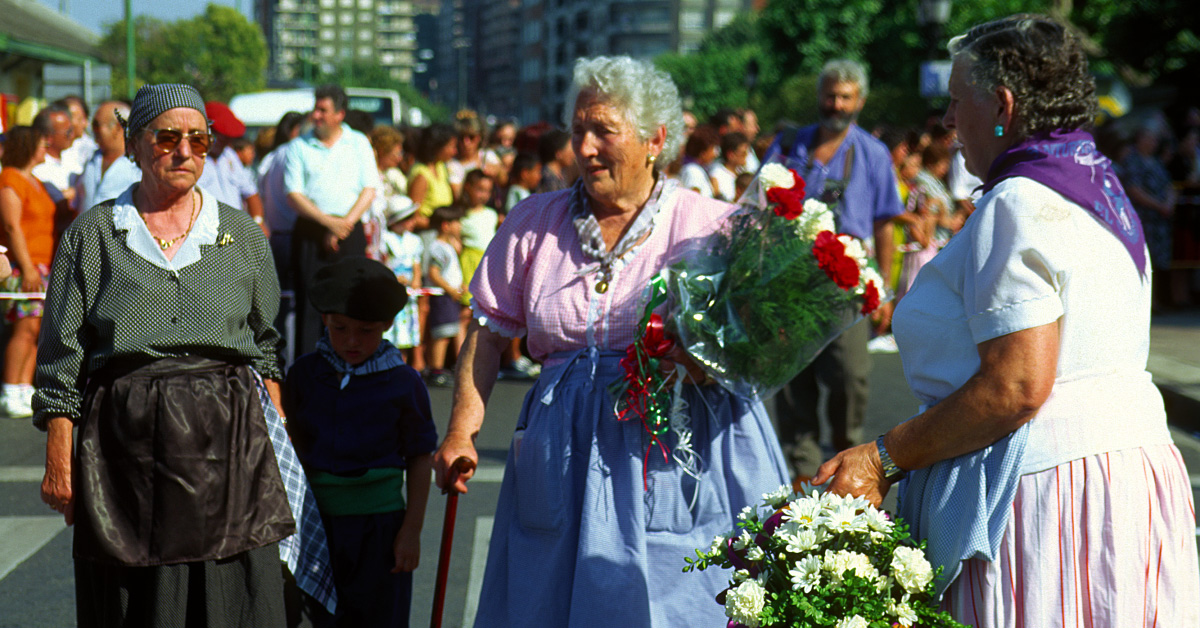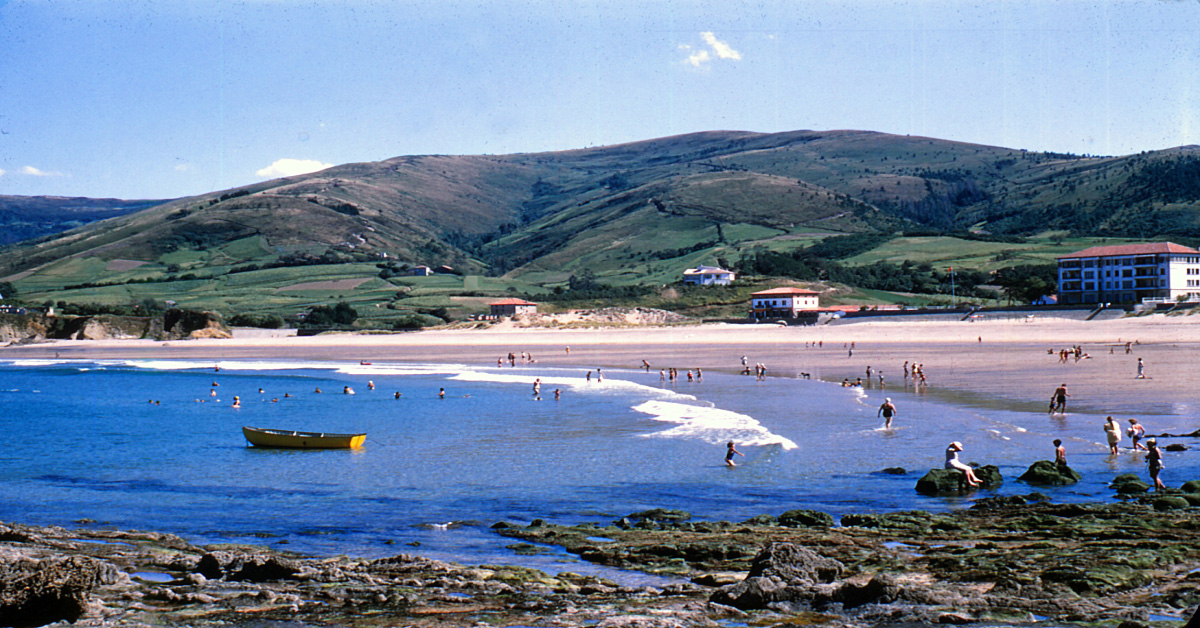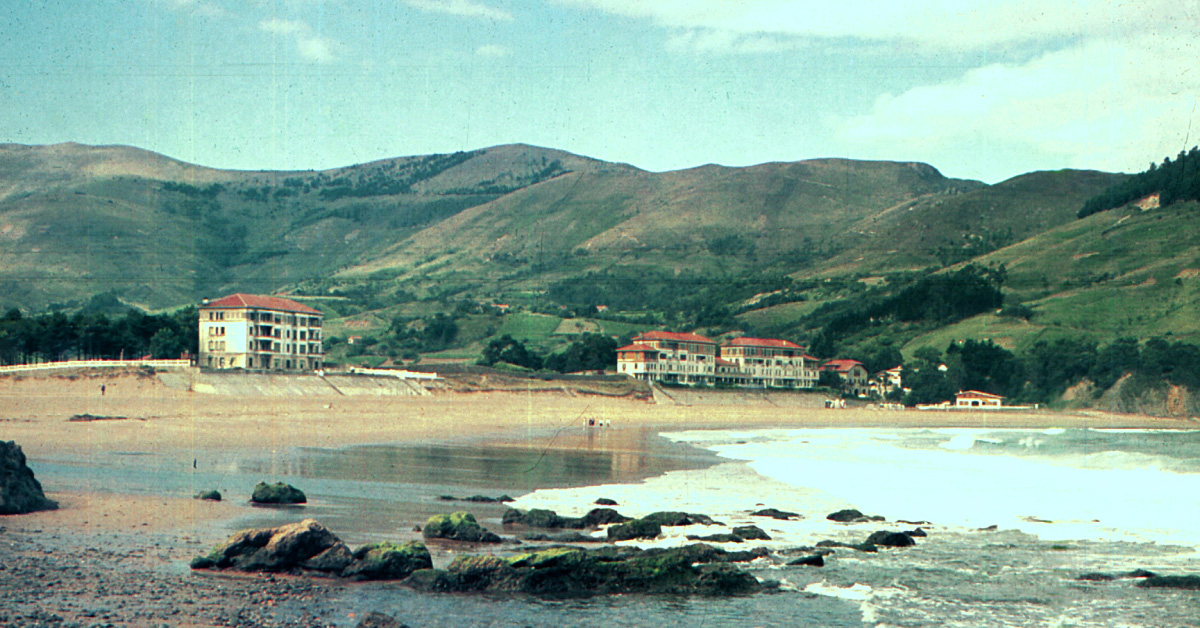Basque ethnography at a glance
Once the colour red has been treated ( The colours in Basque I: red), we will now turn to black. Regarding the morphology of the word, for a long time we have been presented with a duality of forms: beltz in the center and east of Euskal Herria, and baltz in the west. In the General Dictionary of Euskera, Koldo Mitxelena reconstructs the form *berets/beretz as the origin of the word beltz, and also reminds us of its similarity to the Aquitanian (belex) and the Iberian (beles) forms.
From there, today some Basquephiles distinguish the root bel as the first component of the word beltz, which could have the meaning of ‘black, dark’. Other Basque composed words give us way to think so: arbel ‘slate, black stone’, goibel ‘dark sky’, orbel ‘litter, fallen leaf’, ubel ‘purple’. In any case, beltz is a word that vanishes in the prehistory of the Basque language.
Like a flash from the past, I recall when I was going past the building where “Charo” lived on my way to school, where she would be leaning out of the window. She would comment on how much I took after my maternal grandfather, not so much for his moustache as for his build.
“Charo” (Rosario Santín), nicknamed the Bella (Beauty) or Gitana (gypsy woman), was one of the last and best known sardineras (women sardine sellers) of Santurtzi. The story goes (though debatable) that she was the model for the sculpture in tribute to this trade. The work of Joaquín Lucarini, the statue was unveiled on 8 September 1964 and stands on the promenade of the same name.
Our last blog looked at the relationship of the local residents from Bakio, the baserritarras as they are known, with their beach. Let us continue.
Apart from sand and gravel, gathered from the shore as we described in the first part of this article, the residents of coastal rural areas also used the salty seawater, as they believe it to be healthy and medicinal. Collecting seawater in demijohns was a common practice. The water could be put in a basin and the injured and inflamed part of the body (usually legs, feet or arms) soaked in it. Seawater was also an effective remedy for a head cold; people would put a small amount in their cupped hands and then sniff it into their nasal passages. This would reduce phlegm. Medical science also considered the sea to be beneficial for people’s health and this led to spas (Igeretxe in Getxo, La Perla in San Sebastián) and sanatoriums (Gorliz) being built next to the sea. There were no such buildings in Bakio, but Luisene, an establishment in the dunes, offered summer holidaymakers “salt baths” with seawater in large wooden tubs.
The Bay of Biscay is something that towns and villages along the Basque coast have in common, but their relationship with it is often very different. It is strange how, except for the odd exception, the harbour villages alternate with ones with beaches. Some have cliffs that have hindered their residents’ access to and contact with the sea.
Bakio, a municipality in Bizkaia with a long beach, has been traditionally known for its agriculture and livestock farming. It is significant that the original town centre and most of the farmstead are set back from the coast. Fishing has played a very small role in the life of the bakiotarras, as the local residents are known. The only part it has, nearly exclusively, played is to provide fish for the table, but even then, not in great quantities. However, small shallops would be used to fish near the coast, just off the rocky areas of the beach where they would catch enough limpets, sea-snails (magurioak), octopus(amorrotzak) and barnacles for their needs.





